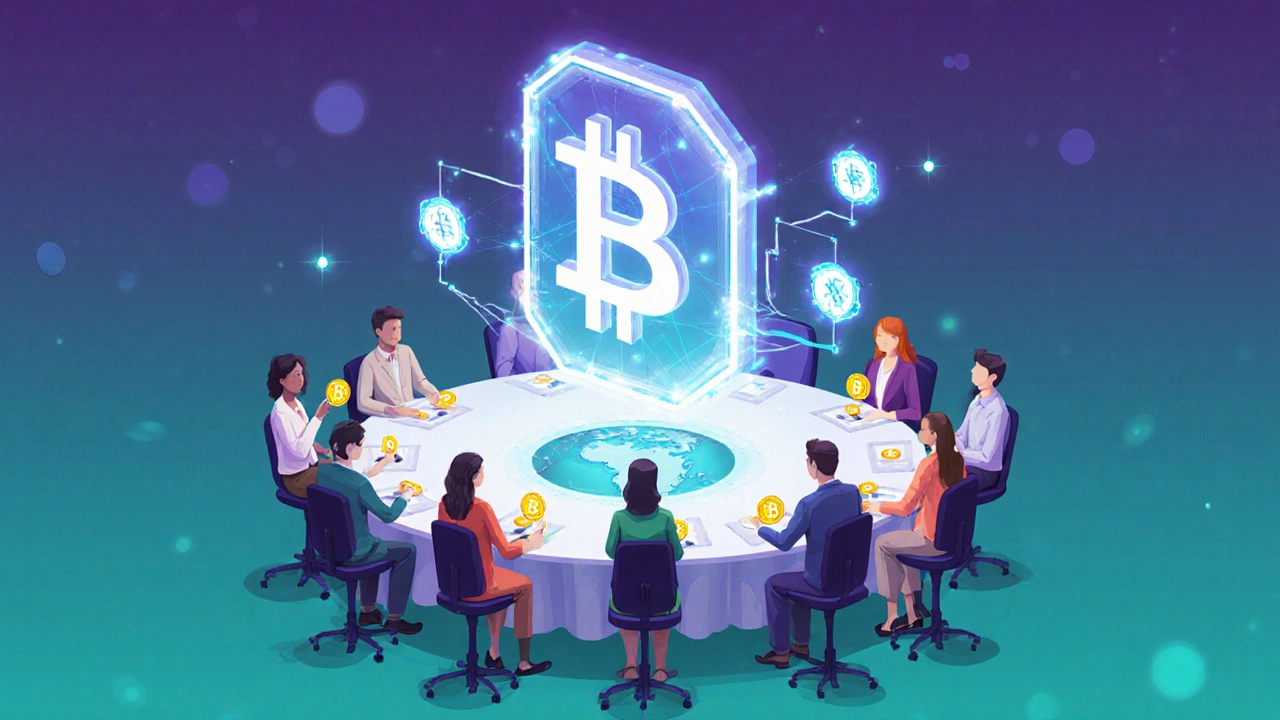DAO: Decentralized Autonomous Organizations Demystified
When you hear DAO, a blockchain‑based group that runs itself through code and community voting. Also known as Decentralized Autonomous Organization, it lets members make decisions without a central boss. DAO isn’t just a buzzword; it’s a real framework that blends technology and collective action.
Key Components of a DAO
One of the building blocks is Governance Tokens, digital assets that give holders voting power in a DAO’s proposals. They let anyone with a token weigh in on budget moves, rule changes, or new projects. Another pillar is Smart Contracts, self‑executing code that enforces the DAO’s rules on the blockchain. These contracts automate payouts, enforce quorum, and make sure no one can cheat the system. Finally, Decentralized Finance, the wider ecosystem of financial services that run on smart contracts provides the treasury, lending, and yield tools that many DAOs rely on to fund their missions.
Putting those pieces together creates a clear chain of relationships: a DAO encompasses governance tokens, which give people a stake; a DAO requires smart contracts to turn those stakes into enforceable actions; and DeFi influences a DAO by offering the financial primitives that keep its treasury liquid. This trio of links is why you see DAO projects popping up alongside token‑driven platforms and yield‑farm services.
Beyond the core tech, DAOs intersect with broader blockchain concepts. For example, the Bitcoin block reward model shows how incentive structures can be baked into protocol rules—a principle DAOs borrow when they design token‑based reward schemes. Likewise, the rise of token voting in DeFi protocols mirrors the way governance tokens let DAO members decide on upgrades or fund allocations. By looking at these patterns, you can see how DAOs sit at the crossroads of crypto economics, community governance, and programmable money.
Whether you’re a developer building a new community fund, an investor scouting the next governance token, or just curious about how collective decision‑making works on chain, the articles below walk you through real‑world examples, risks, and step‑by‑step guides. Dive in to see how each piece fits together and what the future might hold for decentralized organizations.

What Is a DAO in Crypto? A Simple Guide
- by Zephyr Blackwood
- on 25 Sep 2025
A clear, beginner-friendly guide that explains what a DAO is in crypto, how it works, its benefits, risks, real examples, and steps to join or create one.
